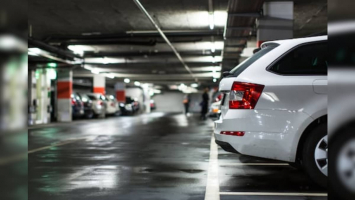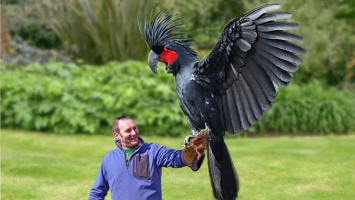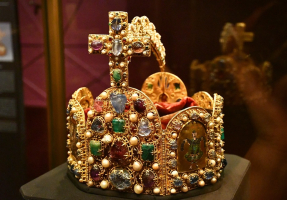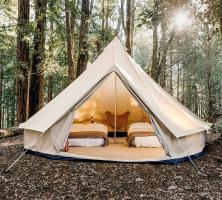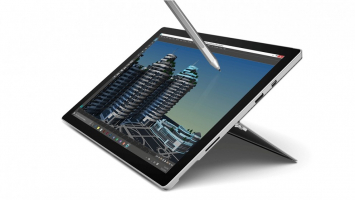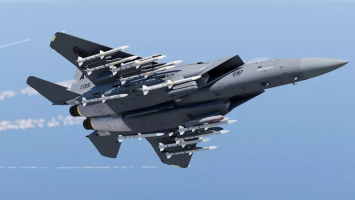Top 12 Most Expensive Camera Lens
Toplist has put together a list of twelve of the most expensive camera lens to stimulate your taste buds. These lenses are one-of-a-kind works of art because ... read more...of their workmanship and extravagance. While we might have discovered one-of-a-kind optics or those that sold well at auction, the items on this list are the polar opposite. These aren't tucked away in some wealthy sheik's cupboard or only offered at auction once per decade. We're presenting only lenses that can be purchased from established vendors.
-
The Leica APO-Telyt-R 1:5.6/1600mm carries the somewhat dubious honor of being the world's most expensive camera lens ever produced for civilian use. Only two copies of the Leica APO-TELYT-R 1:5.6/1600mm lens are available around the globe. The first is a working prototype on exhibit at Leica's Solms facility. The second version was created for Saud bin Muhammed Al Thani, the prince of Qarati (Syria) by a photographer. This prince once spent more than $2 million for one of just two copies of this lens, making it the most expensive camera lens in photographic history.
It has a bayonet mount for Leica's R-series manual focus SLR cameras, is roughly 1.2m long (1.55m with the lens hood attached), has a maximum lens barrel diameter of 42cm, and weighs at least 60kg. With a focal length of 1600mm, it only covers 1.5 degrees of diagonal angle of vision. The lens should work with Leica's 1.4x and 2x APO-teleconverters, resulting in optical systems of 1:8/2,240mm and 1:11/1,200mm, respectively. Sheik Al-Thani reportedly purchased the lens for wildlife photography, so the telephoto lens will be handy.
The label APO-Telyt denotes the presence of apochromatic lens elements for chromatic aberration correction. This correction should apply to the center and the whole picture circle, as per Leica tradition, to ensure that color fringing is adequately controlled. However, getting crisp shots from such a massive lens will be a big problem and will need extremely good tripod support. According to Danish Leica specialist Thorsten Overgaard, Al-Thani had commissioned a specially-equipped Mercedes four-wheel drive to hold and transport his pricey lens. However, as no photographs taken with the lens have been made accessible, it is unknown whether this configuration was successful in properly steadying the lens.
Cost: $2 million
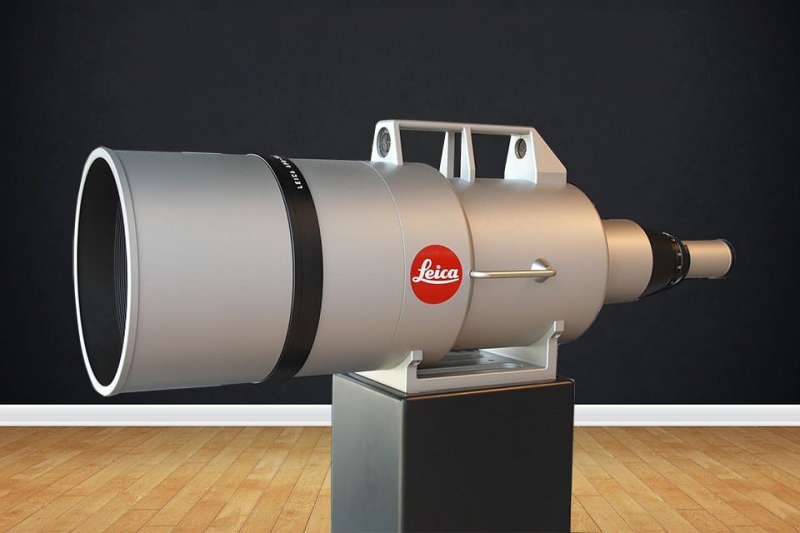
apotelyt.com 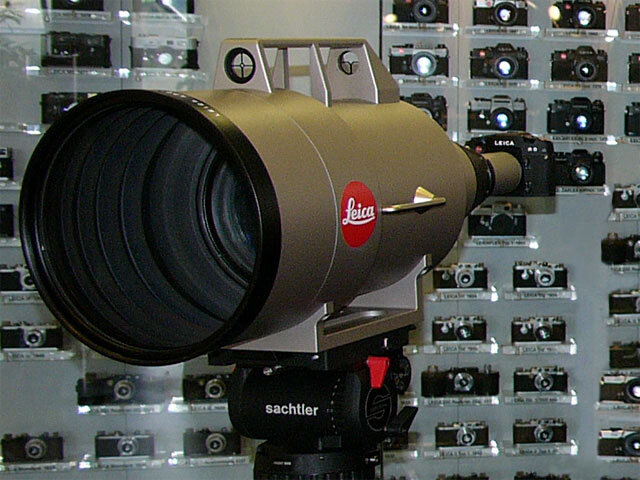
apotelyt.com -
In London, The Nikkor 6mm f/2.8 fisheye lens is the most expensive camera lens in the fisheye lens category. With a broad 220-degree field of view, the Fisheye-Nikkor 6mm f/2.8 lens "can see the back of it," according to the gadget. This lens was initially shown in 1970 at the Photokina trade show in Cologne, Germany. It was "the widest lens available to cover the 24x36mm picture area" at the time (of film format). 135). On a vacation overseas, Gray Levett, the proprietor of a Nikon retail business in Westminster (central London), discovered this lens. The gadget measures 171mm long and 236mm in diameter, weighing 5.2kg.
Not only, the Nikkor 6mm f/2.8 fisheye lens does it have a super-wide viewing angle, but it also has a size that is one of the largest in the world of lenses. And of course, doesn't make it for fun, it has top-notch quality with 12 lens systems in 9 groups and up to 6 built-in filters for white balance. Its price is also a record when it was sold for $ 160,000.
Only a few hundred of these lenses are thought to have been made, and their target audience is either scientists or industrial firms. These lenses are exclusively created to order, and the qualities listed above underline the advantages of this lens, which is why it has risen to the top of the most expensive lenses list.
Cost: $160,000
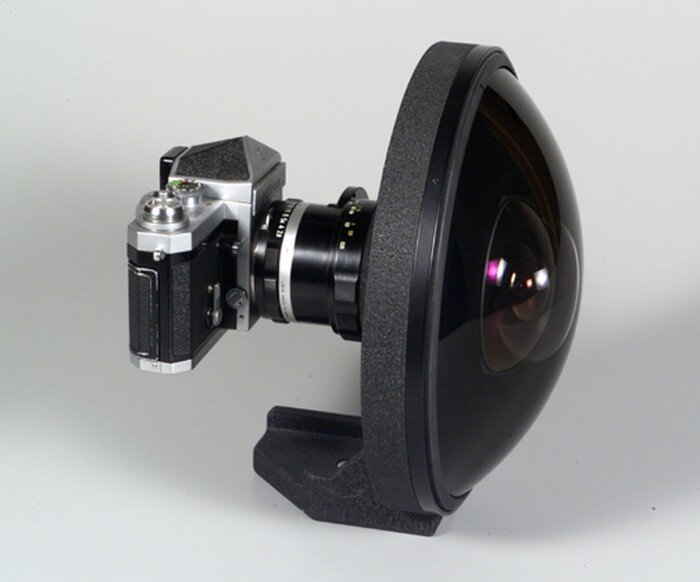
giaoduc.net.vn 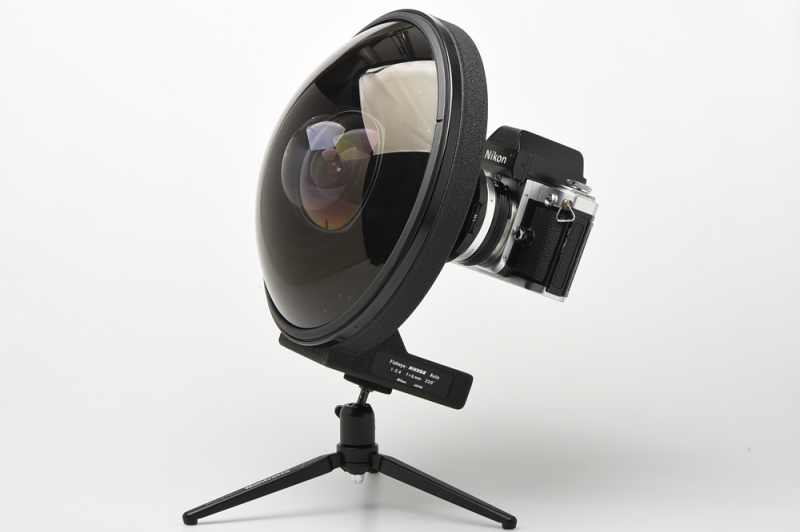
giaoduc.net.vn -
Focus your attention on a rare Zeiss Planar 50mm F0.7 lens from 1966 if you believe Nikon's Nikkor Z 58mm F0.95 S Noct lens is amazing. During the Apollo missions, NASA used the lens to image the moon's far side. Only ten copies of the lens were ever produced, with six going to NASA. Leitz Photographica Auction is currently auctioning off one of these lenses.
Granted, you'll have to pay a high price for the super-fast premier. Although the auction doesn't officially begin until June 12, the highest bid is €55,000 (about $67,000), which is €5,000 higher than the opening amount. According to organizers, the hammer price could reach €120,000 (approximately $146,000).
However, not every "super-large" aperture lens Carl Zeiss makes is useless. It's a fascinating lens. Currently, the title of the largest aperture and working lens still belongs to Carl Zeiss, for the Planar 50mm f/0.7 lens. NASA ordered this lens in 1966 to study the dark side of the moon. Of the four copies that weren't sent to NASA for use in space, three were sent to a Hollywood filmmaker for use in filmmaking. Because of its huge f/0.7 aperture, it can capture movies in complete darkness, using only the flickering light of candles. You can check out the documentary on Barry Lyndon's editing below and see how the lens was used in filming. Also, because no one has ever used this lens for personal use like Kubrick, the name of this lens is also associated with the famous director's name.
Well, it looks like this lens is better than expected. Even if you manage to afford it, you won’t be able to find it as this lens is a rarity. So don't wonder why this lens is at the top of the most expensive camera lenses in the world.
Cost: $140,000+
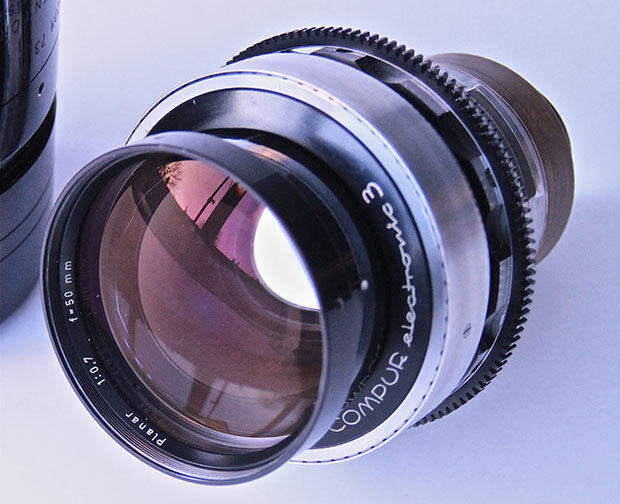
petapixel.com 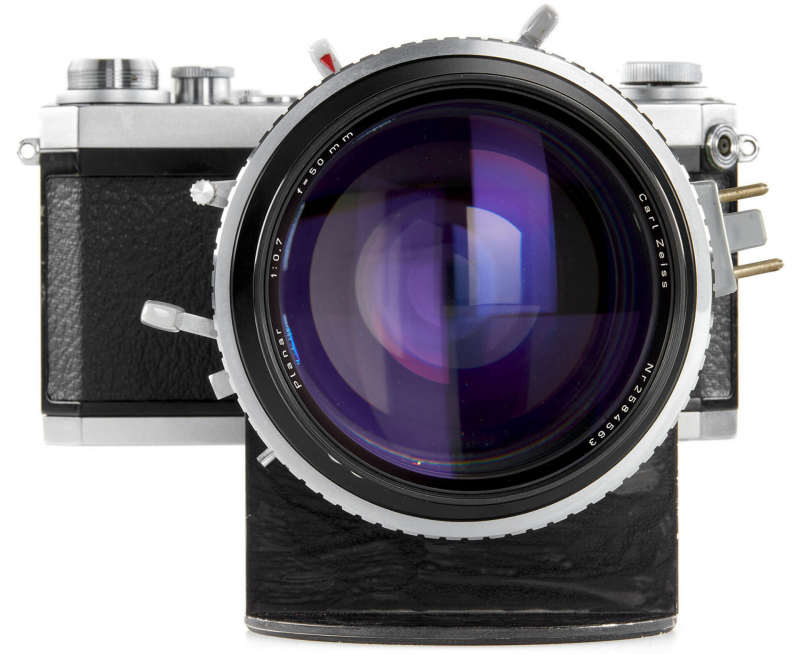
petapixel.com -
Zeiss APO Sonnar 1700mm f/4, is a one-of-a-kind telephoto lens designed for the only guy, a Qatari player who enjoys photographing storks. You may also engage Carl Zeiss to create a "one-of-a-kind" lens if you have a lot of money. Its price has never been revealed, but given its massive size and all of the unique technology packed in, as well as its incredibly complicated lens formula of 15 elements in 13 groups, you must be the lucky one can own it at the level of millions of dollars.
A lens like this has never been seen before in the history of photography. Carl Zeiss designed the ZEISS Apo Sonnar T* 4/1700 for a consumer with high expectations and a particular interest in long-distance wildlife photography. The customer chose the Hasselblad 203FE 6x6cm medium format camera and ZEISS lenses as the optimum combo for his specific needs to attain the finest possible image quality. Zeiss even created a focus servo control system comparable to those used in astronomical telescopes.
With a focal length of 1700mm and an aperture of f/4, this project even put optical glass manufacturing to the test. The fragile, rare glass kinds required for this one-of-a-kind design have never been cast in such massive proportions before. Some of the lens blanks produced weighed over 256 kg and were worth more than a luxury vehicle! Making these blanks into completed lens elements increased their value even more. So this lens is at the top of the most expensive lenses.
Cost: $100,000+
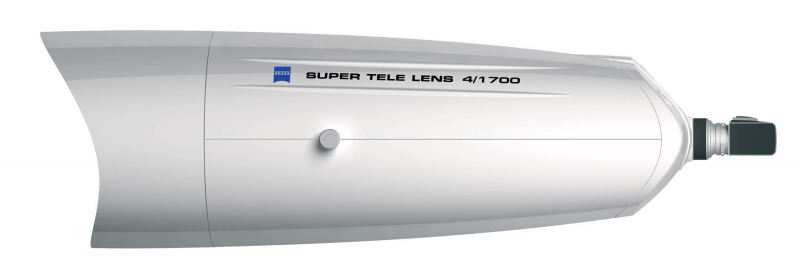
dpreview.com 
dpreview.com -
A list of the most expensive camera lenses will quickly devolve into a list of the best telephoto lenses. This is unavoidable given their complexity, speed, and scale. Our first Canon EF 600mm f/4L IS USM appears early in the list, which is not surprising. The Canon EF 1200mm f/5.6L USM lens system was the world's biggest lens at the time of its debut, both in terms of focal length and maximum aperture. It was meticulously made, requiring a lot of time and coating materials. 8-blade aperture system, 13 lenses split into 10 groups, weight 16.5kg, size 836x228mm. It supports a 48mm filter. Using the USM ultrasonic motor technology to focus.
Unlike the other lenses, the Canon EF 1200mm f/5.6L USM is used for "huge and broader" applications. It's also one of the most expensive lenses ever created, at $90,000. This lens was designed to be used during the 1984 Summer Olympics in Los Angeles. At the time, five were made for photojournalists. These lenses were returned to Canon's headquarters in Japan after the Olympics. Canon made a few additional batches of this lens throughout the years, but not many.
Handcrafted lenses take years to create. As a result, the supply is extremely restricted, and the price is quite expensive.
Several EF 1200mm lenses have been acquired by news and sports magazines for the Olympics, World Cup, and Formula 1 racing over their lengthy existence. Organizations acquire certain lenses. The police and the government According to Canon, even rich people have purchased some lenses. Because Canon has ceased making the EF 1200mm for a few years, the normal individual will not have the opportunity to try it again.
Cost: $90,000+
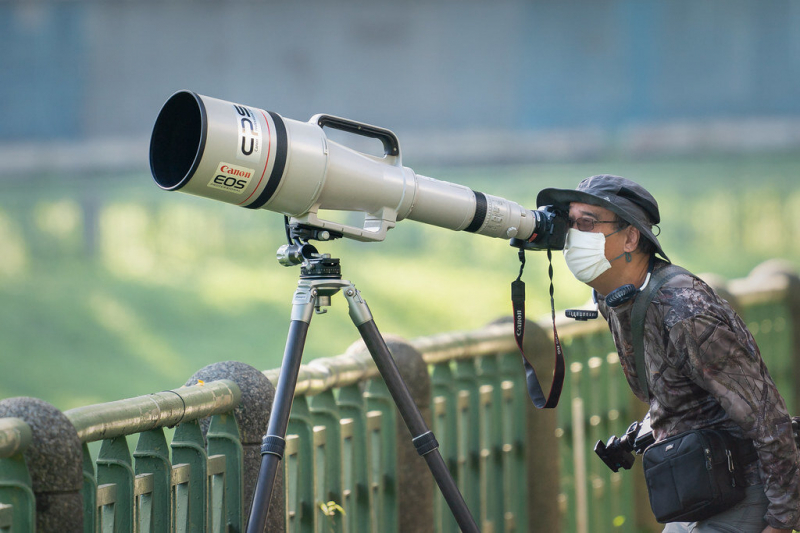
winwinstore.vn 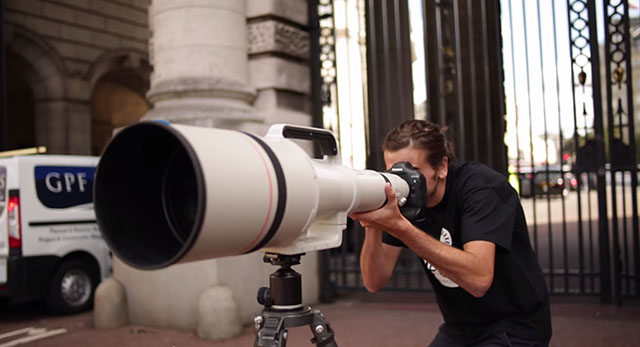
winwinstore.vn -
The lens is over 16 kg in weight, with 18 elements in 13 groups and a tight focusing distance of up to 10 meters. The product also has a unique construction that incorporates two different pieces, one of which remains stationary even when the camera is rotated to rectify the horizontal-vertical arrangement.1200-1700mm f/5.6-8P IF-ED without internal focus motor. The 1200-1700mm f/5.6-8.0 lens was designed for sports and wildlife photography, according to the manufacturers.
Diagram of the 1200-1700mm configuration The vertical/horizontal rotating mechanism is connected by mechanical and electrical linkages between the two portions of the lens barrel. The focus ring's rotation is translated into front-to-back motion, which is conveyed to the focus group.
In February 1990, the prototype was finished. All of the operations (optical design, mechanical design, lens processing, working of metallic components, assembly, and adjustment) went off without a hitch, and trial production was finished quickly. In 1990, in Koshien Stadium, the venue of a high school baseball tournament, this lens was first put to the test. The prototype was subsequently put through extensive testing (including photographic tests), marking the last stage in the development of the super-telephoto lens prototype—at the time, the highest-precision Nikon lens. The following lens models are then "sent" to press organizations in Japan and across the world. Nikon began taking orders for these ultra-telephoto lenses from the general public in 1994.
Cost: $60,000

mir.com 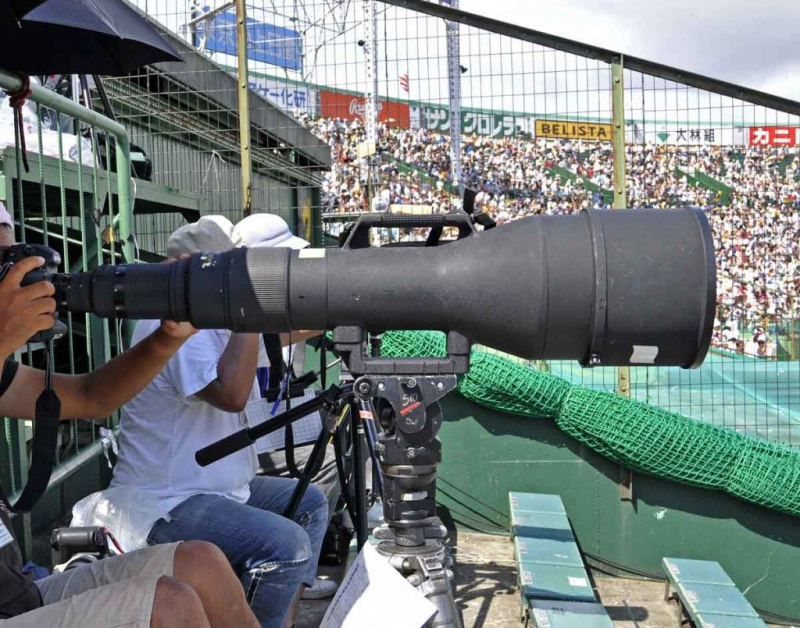
mir.com -
The 5200mm 1:14 Canon Mirror Lens is the world's biggest SLR lens. It has a minimum focusing distance of 120 meters and can concentrate on objects up to 32 miles distant. It's not the lightest lens to transport, weighing 100kg without support.
On a full-frame DSLR, the focal length is 5200mm, however on an APS-C DSLR, the focal length is 8320mm. When one of these exceedingly rare lenses was sold on eBay, it was a huge deal.
This is one of just three Canon 5200mm photography lenses ever made. The world's biggest and most powerful prime lens for dedicated SLR usage. It was built in Japan and acquired by a Chinese corporation before being transferred to China, where it has seen little usage since then and is currently for sale. The optics look to be in fine working order. According to my understanding, the team of optical experts who now care about the lens may create/include a bespoke SLR/DSLR/EF mount. It may be better suited to astronomical applications due to its big size.
Lifting the lens requires two persons. It might also be installed on a modified truck or SUV. To get the most out of it, a big geared or motorized support head would be required. This lens' magnification is very incredible. A reach of 1000x optical (at least) might be conceivable if affixed to a Canon XL series video camera, for example (approx 37,500mm). The lens is also compatible with HD and cine cameras. It would be simple to track the space shuttle. Is it possible that it's already been used for that? Although it cannot be compared to the names above in terms of price, with a price tag of $45,000, bringing this lens back also necessitates a thorough and thorough thought process.
Cost: $45,000
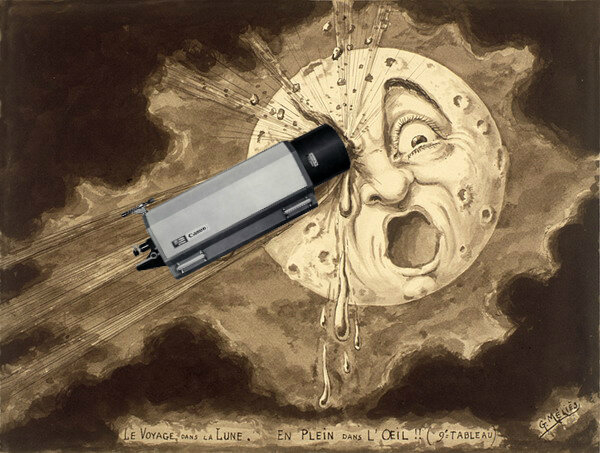
facebook.com youtube.com -
The Sigma APO 200-500mm may be called the Incredible Hulk of all lenses, given its emerald color and huge girth. It is faster than you think, and it knows how to destroy both your pocketbook and your expectations, much like the iconic comic character. The lens is notable for being the world's first ultra-telephoto zoom lens with an f/2.8 maximum aperture at 500mm focal length and for being apochromatic. This is a one-of-a-kind engineering project. The lens has an integrated LCD monitor that shows the current focus distance and zoom, and it's all driven by its internal battery motor.
Sports photographers and those interested in wildlife would be very interested in one of these, especially since they can be paired with Canon, Nikon, and Sigma mounts. The Sigma APO 200-500mm remains the most expensive camera lens accessible to acquire through normal methods, more than a decade after its inception. It's been thirteen years in the wild, and it's still a strange creature. Even if you had unlimited cash, most people would find it more intriguing than essential, especially considering contemporary cameras' incredible high ISO capabilities. On paper, this lens is a masterpiece that blasts everyone else out of the water, however, it is a bit tricky to use in practice. Apart from its massive size, the electronic focus is very impressive. It's quicker than you'd think, but not as fast as you'd want to give the astronomical price. Furthermore, while being the ideal safari camera due to its low-light prowess and range, the Sigma lacks any weather protection or dust-sealing.
Another thing to keep in mind when fantasizing about this lens is that you will be spending significantly more than the $26,000 listed price. If you're being responsible, you'll probably spend at least a few thousand dollars on a decent support system - this workhorse and show pony rolled into one weighs over 35 pounds. Having all that, something is appealing about Sigma's risk-taking Hulk lens. It is an incredible technological feat, and there is nothing else like it, for better or worse. When you add the supplied 2x teleconverter, you've got an unrivaled 400-1000mm f/5.6 lens — a truly spectacular piece of gear by any standard.
Cost: $25,999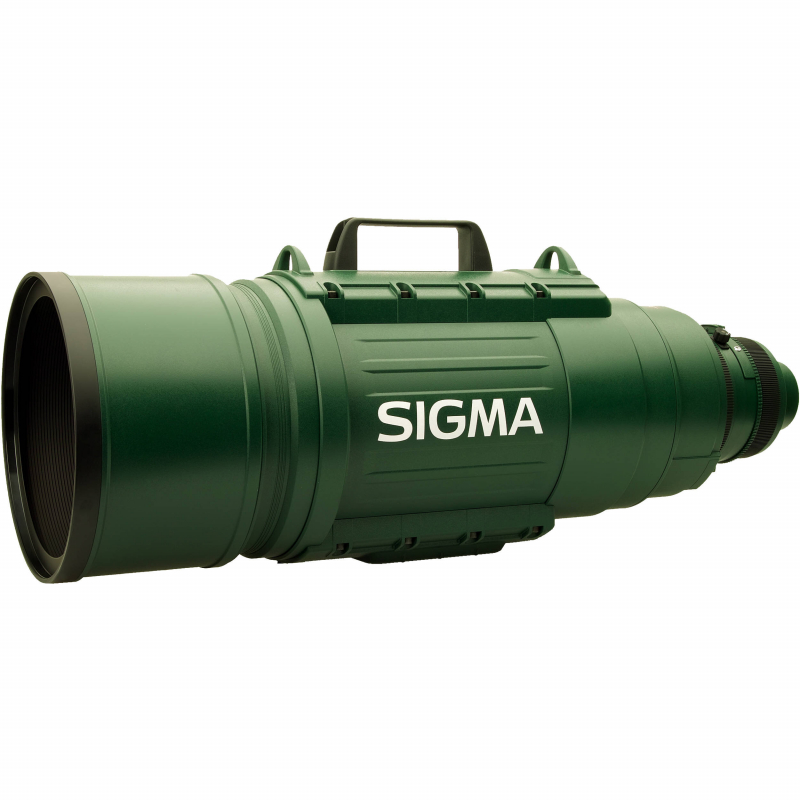
bhphotovideo.com 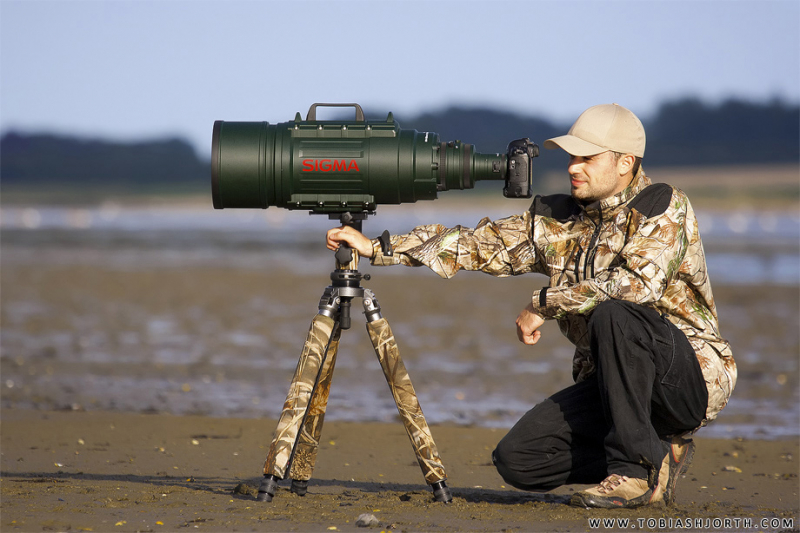
bhphotovideo.com -
To say this has been a long time coming would be an understatement. Nikon's manual focus 800mm f/5.6 ED-IF lens had not been changed in over a quarter-century. Nikon began promising the debut of an 800mm lens nearly a decade ago. An auto-focusing 800mm lens had been long overdue. The company certainly delivered.
Nikon has taken a huge step forward with the Nikkor 800mm. It is the company's first lens to employ fluorite elements in its optical design outside of medical and microscopy applications. It's also the first Nikon telephoto lens to deviate from the company's traditional mechanical diaphragm. It makes use of an electromagnetic diaphragm mechanism to provide precise electronic control. The accuracy with which this enables consistent, precise results over numerous exposures when shooting quickly in auto-focus is astounding, and a significant step forward. The 800mm is a lighter, more balanced, and easier to use lens than either the 600mm or 400mm that came before it, thanks to a narrower barrel and fluorite elements. Autofocus is quick, precise, and easy to use.
Despite the long wait, the ultimate product was unquestionably worthwhile. In terms of construction, design, and functions, Nikon has launched a telephoto lens that competes with Canon. Better still, it has developed one that outperforms Canon's own 800mm in terms of image quality. The integrated AF-S Teleconverter TC800-1.25E ED converts the lens to a 1000mm f/7.1 while keeping the 4.5 stops of VR and minimum focus distance. Even better, it works with the Nikon AF-S TC-14E III 1.4x, Nikon AF-S TC-17e II, and Nikon AF-S TC-20E III 2x teleconverters, giving you 1120mm f/8, 1360mm f/9, and 1600mm f/11 equivalents. The pricing shows the firm belief in this product. This optimism is justified, however, we believe the difference between Nikon and Canon telephoto lenses will narrow over time.
Cost: $16,296
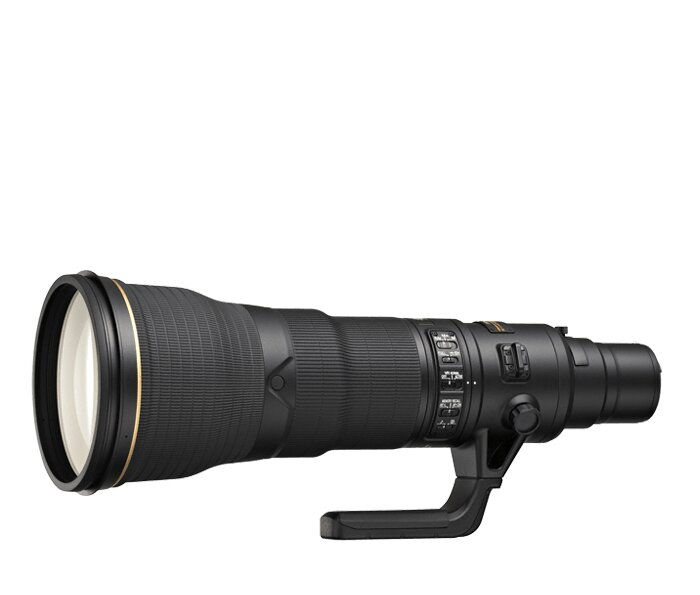
en.nikon.ca 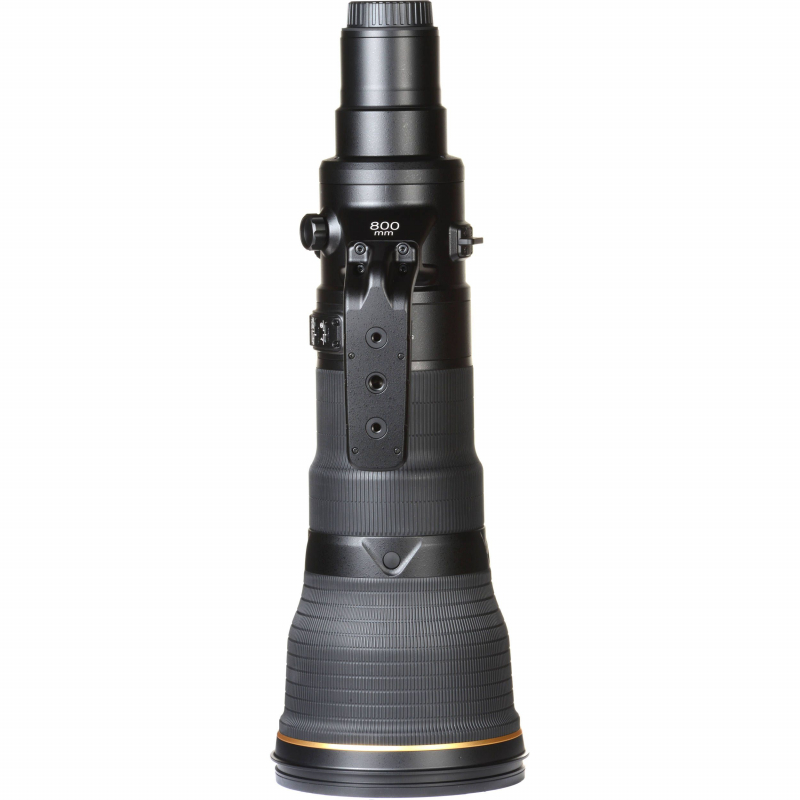
en.nikon.ca -
Horseman cameras, made by the Komamura Corporation, have long been linked with bigger format film – their bread and butter have always been lightweight 6x9 and large format 4x5 field and technical cameras. However, the company is now well-known for its specialized digital camera solutions. For example, the Horseman VCC Pro is a handheld view camera that works with Canon and Nikon SLRs and allows users to stitch and regulate tilt, swing, shift, fall, and rise movements. The Horseman Axella SX view camera works with a variety of backs, including Canon EF and Nikon Z, Fujifilm X and GFX, Phase One, and Hasselblad. The Horseman LD Pro is an "ultimate view camera" developed for Hasselblad, Mamiya, and Phase One digital back, allowing them to control not only the front and rear movement, but also vertical and horizontal stitching to make extraordinarily high-resolution photos.
Super wide-angle lenses are uncommon because these cameras use large-format technology. The Horseman 23/5.6 Digaron-S is one of the widest medium or large format lenses currently available. The lens is fitted with a normal Copal #0 shutter and is built into a custom focusing assembly because it lacks a helicoid (as do other large format lenses).
It's only compatible with a few Horseman cameras, including the SWD Pro, SWD II Pro, SW612D, and the made-to-order Axella SX-Wide Vision, due to its extremely wide angle of view. Hasselblad, Contax, Mamiya, and other manufacturers offer film and digital backs for these cameras, and the SW612D may employ medium format roll holders ranging from 6x7 to 612 inches.
The 23mm Digaron produces a field of vision equivalent to 15mm in full-frame when combined with a 54x40mm digital sensor. It's a specialty lens, but the lens's combination with the wide range of compatible cameras gives potential that you won't find anywhere else. Although it is a very special lens, the combination of the lens with the many compatible cameras gives you a lot of potentials that you won’t find anywhere else. With its affordable price tag and high-end features, it deserves to be one of the most expensive and most desirable camera lenses.
Cost: $15,620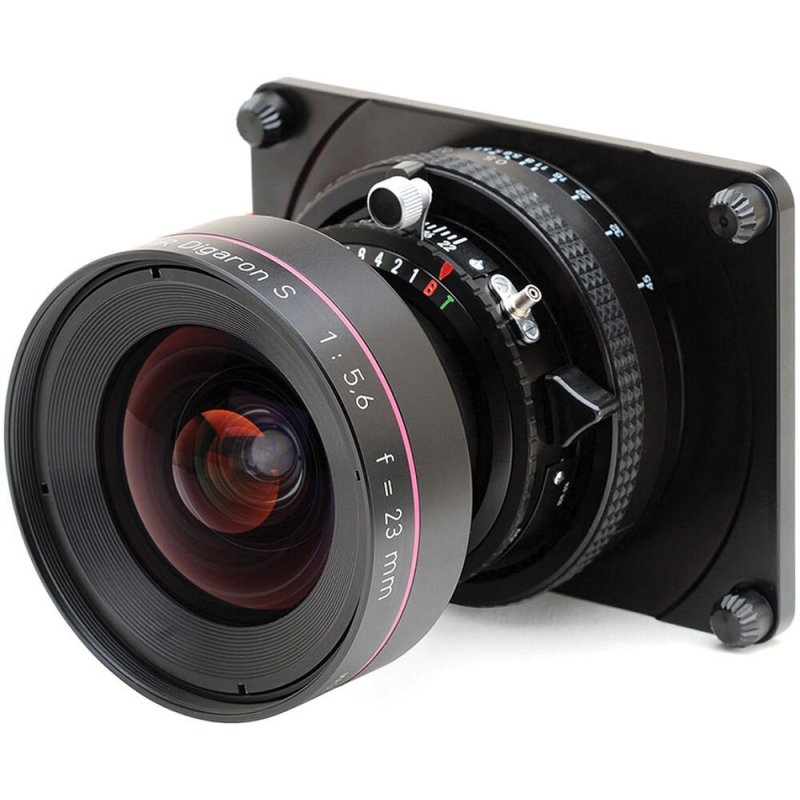
bhphotovideo.com 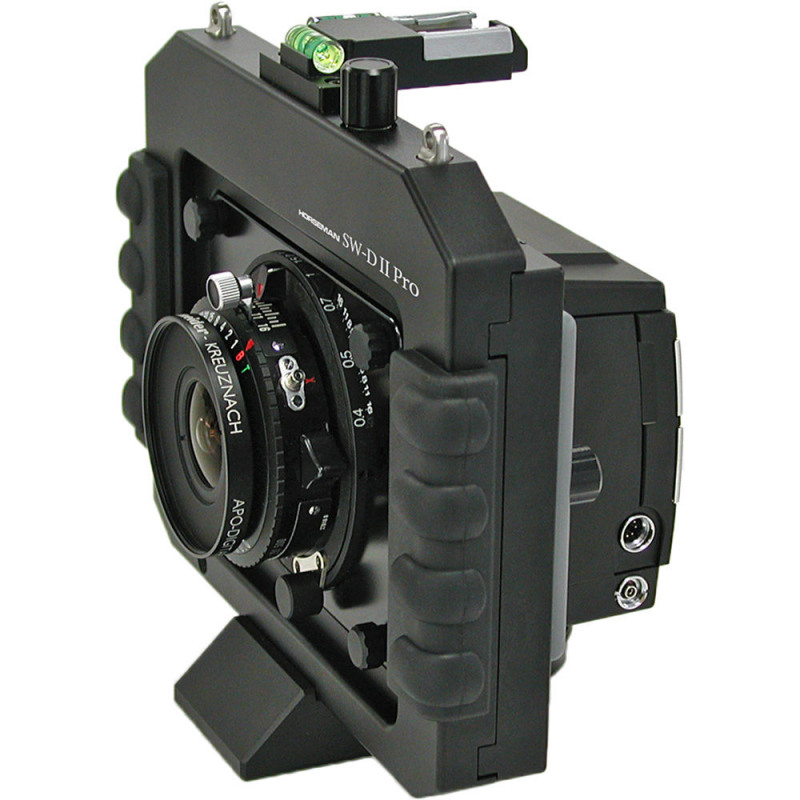
bhphotovideo.com -
The Rodenstock HR Digaron-SW float 138 mm f/6.5 is an incredibly sharp long focal length lens for adjustable technological cameras with a distance range of infinity to 1:5. For a prime lens, the optical design with eleven lens elements in ten groups is quite complicated. It has the maximum resolving power conceivable while remaining extremely close to the diffraction limit. This is accomplished not only across the whole field of view of the larger digital sensors but also to the edge of the enormous 110mm picture circle to account for lens shifts and tilts. The floating elements group is automatically controlled by rotating the focusing ring, and all aberrations are thereby minimized across the whole focusing range.
The MTF curves given up to 80 lp/mm on the following pages 4 to 6 demonstrate that this lens gives remarkable sharpness to the corners even with extreme camera motions (shift and tilt). It has minor distortion (nearly always less than 1) and complete suppression of chromatic aberration for complete color fringing freedom. The HR Digaron-picture SW's circle floats at 138 mm f/6.5 and has a constant diameter of 110 mm across the whole image scale range. Even with the largest sensor formats, professional technical cameras have plenty of room for parallel shifts for perspective adjustments (avoiding or reducing converging vertical lines). This also enables swing and tilt for greater depth of field without slowing down the aperture too much.
The electronic Rodenstock shutter can be controlled easily in the studio through USB from a computer or via an app on an iPhone, iPod, iPad, or another Android mobile device. It can also be controlled via the Sinar eControl remote controller, which has a rechargeable Li-Ion battery for on-the-go use. The helical mount's large focusing ring enables delicate and precise focusing, as well as automatic control of the floating elements group stated before. Any Rodenstock lens may be purchased for as little as $70, and they are all excellent, but the Rodenstock 138/6.5 is the most expensive and best-selling.
Cost: $14,710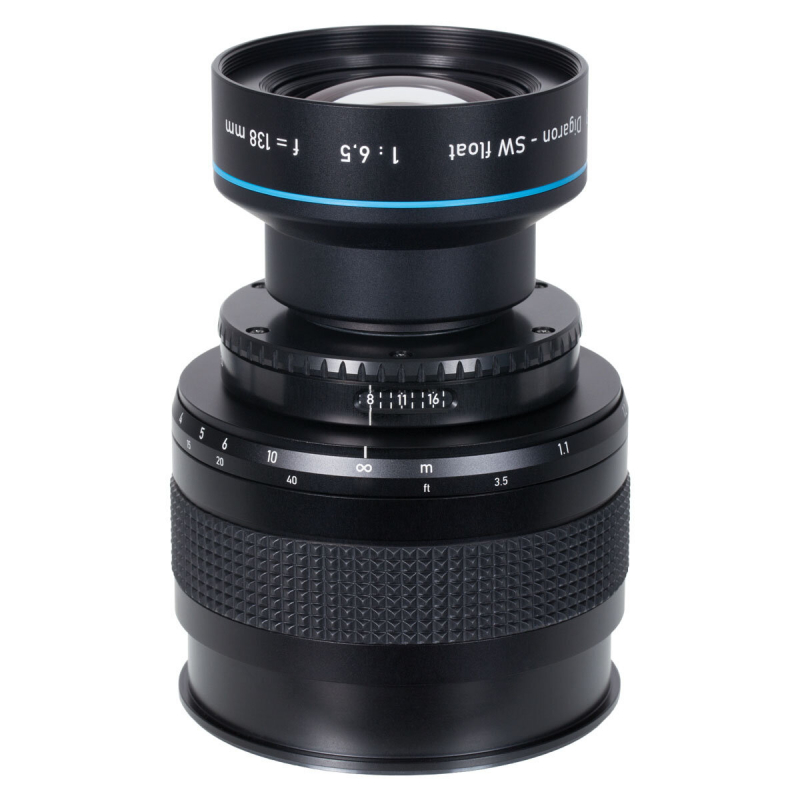
cambo.com 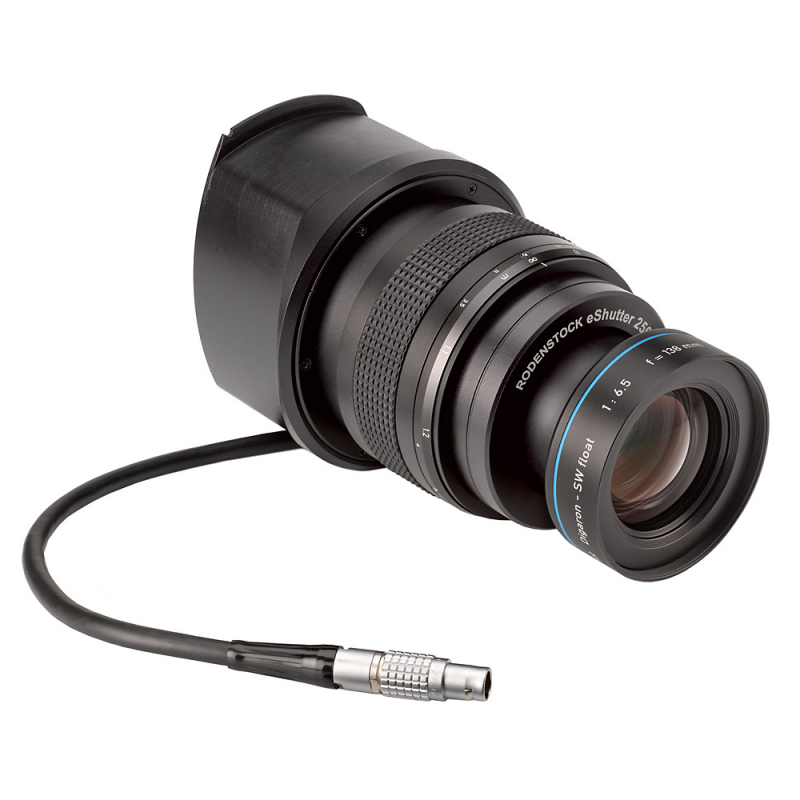
cambo.com -
This Leica Noctilux-M 75mm f/1.25 ASPH lens is a prototype, with only 20 copies built and sold worldwide. The Leica Noctilux-M 75mm f/1.25 ASPH Lens is the most recent addition to the iconic Leica Noctilux lens range. With an aperture of up to f/1.25, this lens can achieve extremely fine DOF and can precisely distinguish the subject from the background. This lens also has a smaller depth of field than the Noctilux-M 50mm f/0.95 ASPH. With a 0.85m closest focusing distance and a 1:8.8 image reproduction ratio, it is the ideal lens for portraits and close-up photography.
It has a 9-element optical design with six groups that use anomalous dispersion and low color dispersion glass to greatly decrease aberrations and provide images with exquisite clarity. high. To regulate spherical aberrations for greater sharpness and to assist reduce distortion, two large-diameter aspherical elements are used. For incredibly smooth and even bokeh, this lens has 11 circular aperture blades. The built-in hood may be adjusted open and closed to help protect the front of the head lens from ghosting and flare.
Overall, if you're looking for a portrait lens similar to the 75mm Summilux but with sharpness comparable to modern Leica lenses, this is the lens for you. There is no other lens like the 75 Noctilux, believe me. Despite the increased weight and cost, it is unique. So, by that metric, justifying one's desire for the Leica 75mm f/1.25 Noctilux-M ASPH isn't as strange as it may appear on this list.
Cost: $14,295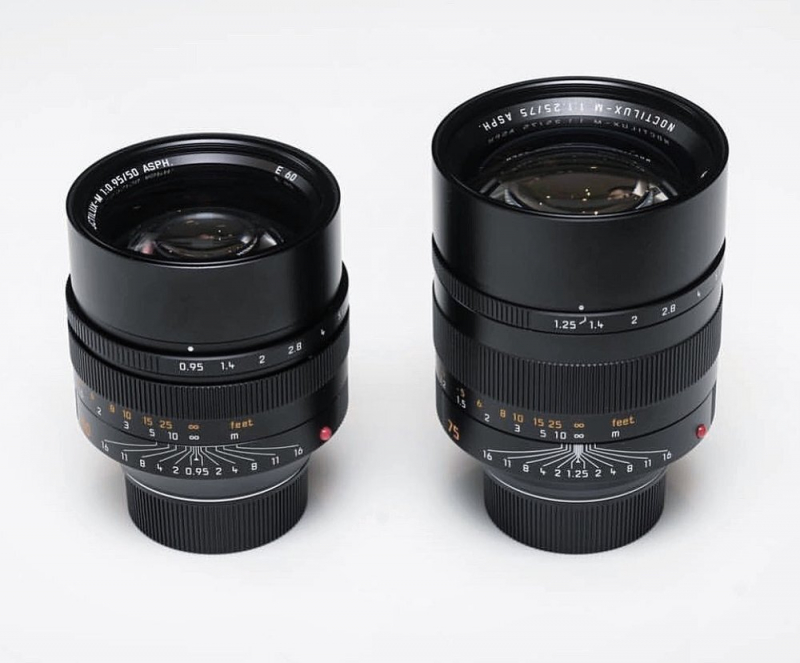
errybei.com 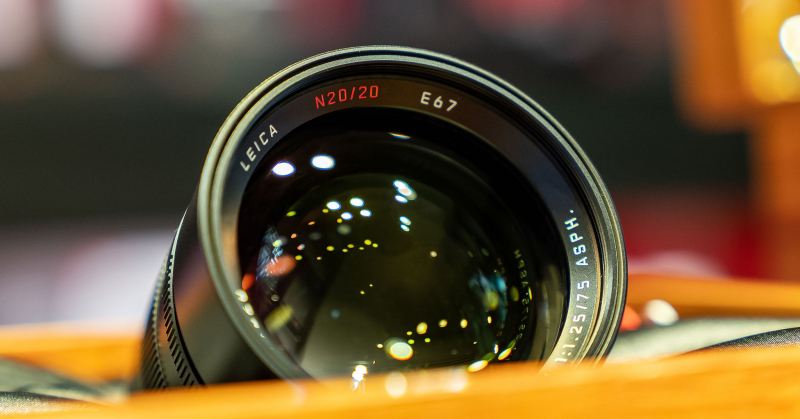
errybei.com






















